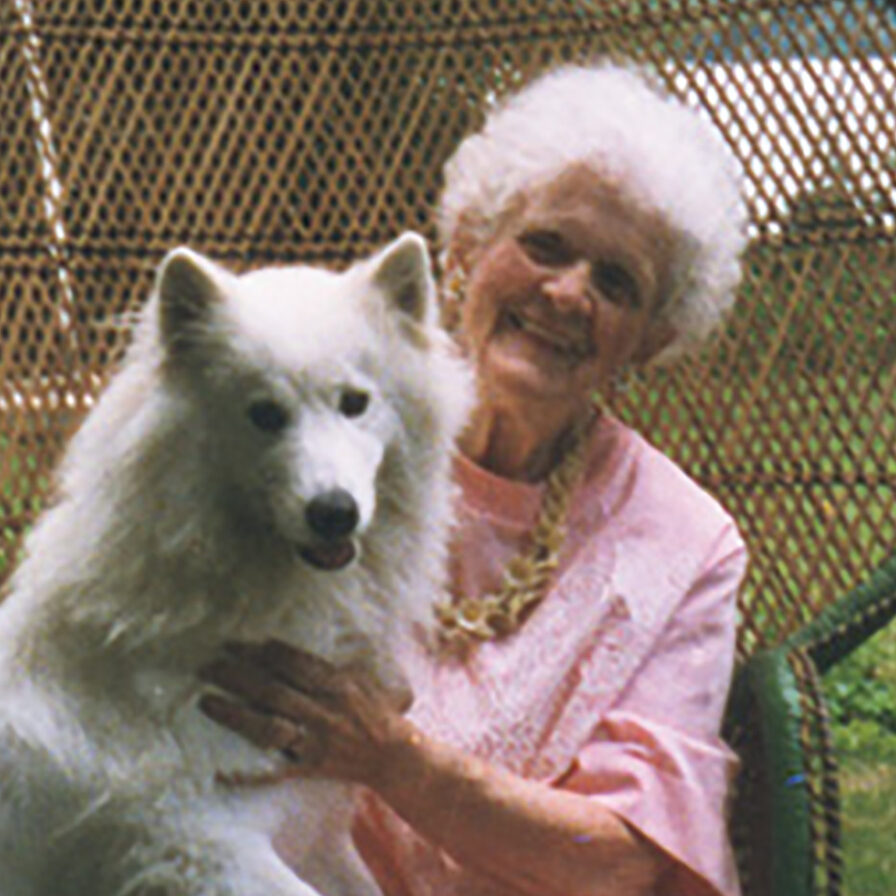Legacy of Organ

Curtis’s organ department has a proud tradition of attracting the world’s leading organists to its faculty and adding to their ranks with its alumni.
Faculty and students alike pursue careers as concert artists with international itineraries, directors at famous churches, and teachers at leading conservatories. Continuing until today, the original vision of the department still rings true: “to foster and develop an increasingly high standard of organ work, one comparable with that set by the most notable artists in other musical fields, befitting the high purpose of the Curtis Institute.”
The department is also notable for its uninterrupted pedagogical lineage since the 1930s. The first two heads of the department served only six years in total, though they had an outsized influence on organ pedagogy and performance. Canadian-born Lynnwood Farnam, who held positions at prominent churches in Boston and New York, suffered an early death three years after his appointment. His successor, Fernando Germani, was an Italian organ virtuoso who spent two years at Curtis before joining the faculties of prestigious academies in Rome and Siena.
Following Germani, the next two department heads remained at Curtis for a combined total of nearly 70 years. Farnam’s student Alexander McCurdy was appointed in 1935 and served in the position for 37 years. Among his notable students was John Weaver, who succeeded him as chair in 1971 and held the position until 2003. The department’s current head is the preeminent American organist Alan Morrison, a student of Weaver who was appointed to the faculty in 2002 and holds the Haas Charitable Trust Chair in Organ Studies.
The Curtis organ department is presently limited to a maximum of five students, guaranteeing each student considerable access to distinguished artist-faculty and maximizing their opportunities to perform not only at Curtis, but across Philadelphia and the Northeast Corridor. Through an anonymous gift made in October 2021, the Curtis organ department became the only comprehensively endowed organ program in the U.S. The gift ensures perpetual funding for a range of special activities that add considerable depth to the studio experience of all future organists at Curtis.
The Curtis Organs
Under Lynnwood Farnam’s watchful eye, the original instrument in Casimir Hall, known today as Field Concert Hall, was installed in 1927. A gift of Cyrus H.K. Curtis, the four-manual Aeolian Op. 1625 represented the most advanced organ building techniques of its day. Letters between Farnam and Mary Louise Curtis Bok held in the Curtis Archives convey their excitement to provide students with such a fine instrument, one also equipped with novel technology to record and play back performances in a manner like that used in creating piano rolls. Through the work of the Aeolian-Skinner and M. P. Möller organ building companies, the instrument was ultimately expanded to five manuals and 116 ranks in time for the 50th anniversary of the school in 1974.
In addition to the flagship instrument in Field Concert Hall, Curtis organists have had consistent access over the decades to the seven-story Wanamaker Grand Court Organ at the department store now known as Macy’s Center City, as well as a variety of studio instruments by Randall Dyer, Oberlinger, and Wahl Organbuilders. A few in-home practice instruments are also on loan to current students.
In 2021, the organ department received an extraordinary anonymous donation. Beyond catalyzing an initiative to eliminate all debt for Curtis’s students, this gift supports organ department activities, including the installation of a new instrument in Field Concert Hall. Curtis has commissioned the Dobson Pipe Organ Builders to craft the instrument, with specifications determined by distinguished alumni Alan Morrison, Nathan Laube, Matthew Glandorf, and Ken Cowan. The instrument will be Dobson’s one hundredth instrument (Op. 100) and will make its debut during Curtis’s centenary. Equipped with such a gem of a teaching instrument, Curtis will be admirably positioned to continue building on the organ department’s impressive legacy of achievement.
Faculty Timeline
-

Lynwood Farnam
Organ — 1927-30 -

Fernando Germani
Organ — 1931-33 -

Alexander McCurdy
Organ — 1935-72 -

John Weaver
Organ — 1971-03 -

Matthew Glandorf*
Organ — 1995-Present -

Alan Morrison
Organ — 2002-Present -

Jeffrey Brillhart
Organ — 2024-Present
- 1928
- First Organ Alum
Howard L. Ralston
- 142
- Total Organ Alumni
How many names do you recognize on this list of Curtis organ alumni? View list
- 5
- Organ Studio
There are up to 5 organs students studying at Curtis in any given year.
Noted Organ Alumni
Legacy of Curtis
Leading to its centennial year, Curtis began a multi-year project celebrating each of the school’s major areas of study.





















